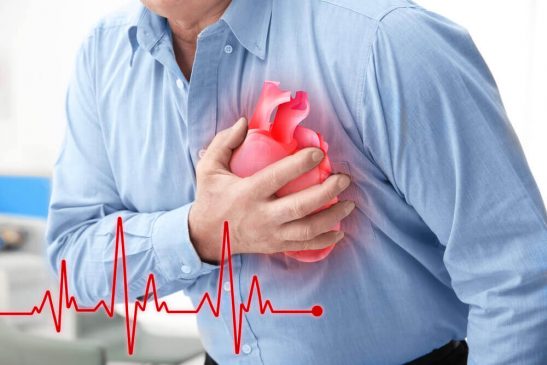Studies suggest that the risk of heart attacks increases during the colder months. This is due to a combination of physiological, environmental, and lifestyle factors.
Winter brings chilly weather, cozy evenings, and holiday cheer, but it also poses unique challenges for heart health. Studies suggest that the risk of heart attacks increases during the colder months. This is due to a combination of physiological, environmental, and lifestyle factors. Recognizing the early signs of a heart attack in winter is crucial for timely intervention and saving lives.
Read More: Air Pollution Can Affect Weight Gain And Hormonal Health; Check Experts Say On This
Why Are Heart Attacks More Common in Winter?
Several factors contribute to an increased risk of heart attacks during winter:
Cold Weather Stress: Low temperatures can cause blood vessels to constrict, leading to increased blood pressure and a higher workload on the heart.
Physical Exertion: Activities like shoveling snow or walking against cold winds can overstrain the heart, especially in individuals with existing cardiovascular issues.
Seasonal Changes: Shorter days and less sunlight can lead to lower Vitamin D levels, which are linked to heart health.
Dehydration: People tend to drink less water in winter, which can make blood thicker and more prone to clotting.
Holiday Stress: The holiday season often brings stress, overeating, and excessive alcohol consumption, all of which can strain the heart.
Read More: New Study Links Standing And Sitting At Work To Blood Pressure Changes
Early Signs of a Heart Attack
The symptoms of a heart attack can vary between individuals, but certain signs are more common. These include:
Chest Pain or Discomfort: A feeling of pressure, squeezing, or fullness in the chest, often radiating to the arms, neck, or jaw.
Shortness of Breath: Difficulty breathing, even when at rest, can be an early warning sign.
Cold Sweats: Sudden, clammy sweating unrelated to physical activity.
Fatigue: Unusual or extreme tiredness, especially in women, can precede a heart attack.
Nausea or Indigestion: Feeling queasy or experiencing abdominal discomfort may be mistaken for a stomach issue but can signal a heart problem.
Dizziness or Lightheadedness: Feeling faint or dizzy without an obvious cause.
Signs Unique to Winter
In winter, some symptoms may be overlooked or mistaken for cold-weather ailments, such as:
Chills or Shivering: These may be dismissed as a reaction to the cold but could indicate poor blood flow due to a heart problem.
Pain in Extremities: Constricted blood vessels can cause tingling or pain in the hands and feet, which may be a sign of poor circulation.
Read More: Warm Drinks Must Have In Your Diet In This Winter
How to Protect Your Heart in Winter
While winter poses risks, proactive measures can help keep your heart healthy:
Dress Warmly: Layer up to maintain body heat and reduce the heart’s workload.
Avoid Sudden Exertion: Warm up before outdoor activities and take frequent breaks.
Stay Active Indoors: Engage in indoor exercises to maintain cardiovascular health.
Eat Heart-Healthy Foods: Focus on whole grains, fruits, vegetables, and lean proteins. Avoid heavy, rich holiday foods in excess.
Stay Hydrated: Drink enough water to prevent dehydration, even in cold weather.
Manage Stress: Practice relaxation techniques such as yoga, meditation, or deep breathing to keep stress levels in check.
Monitor Your Health: Regularly check blood pressure, cholesterol levels, and overall heart health.
When to Seek Help
If you or someone around you exhibits symptoms of a heart attack, act immediately. Call emergency services and administer first aid if necessary. Timely medical attention can save lives.
(This article is meant for informational purposes only and must not be considered a substitute for advice provided by qualified medical professionals.)





































